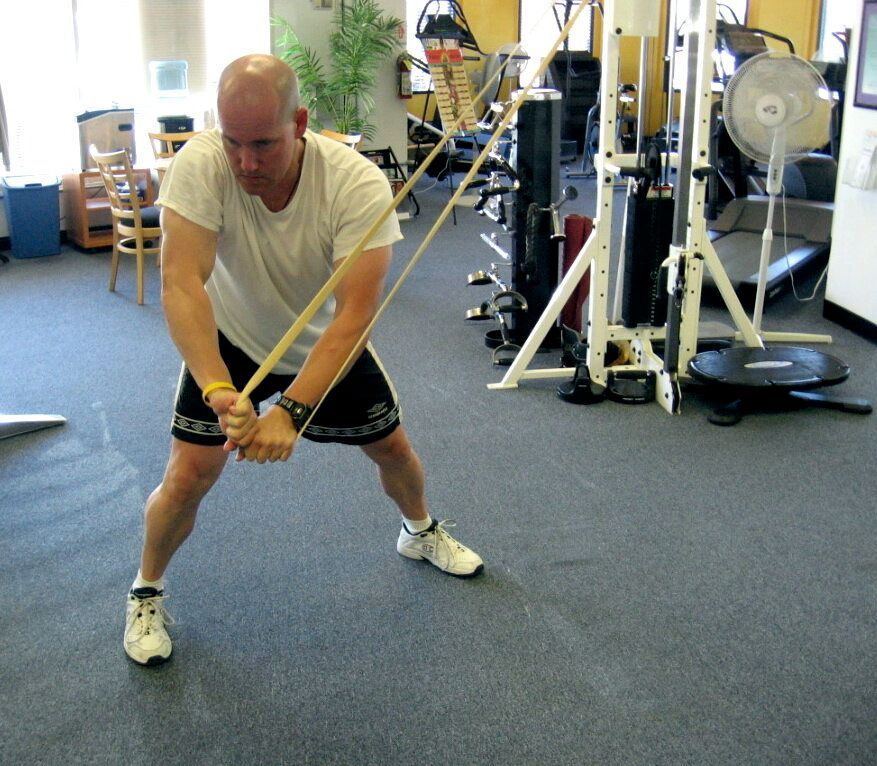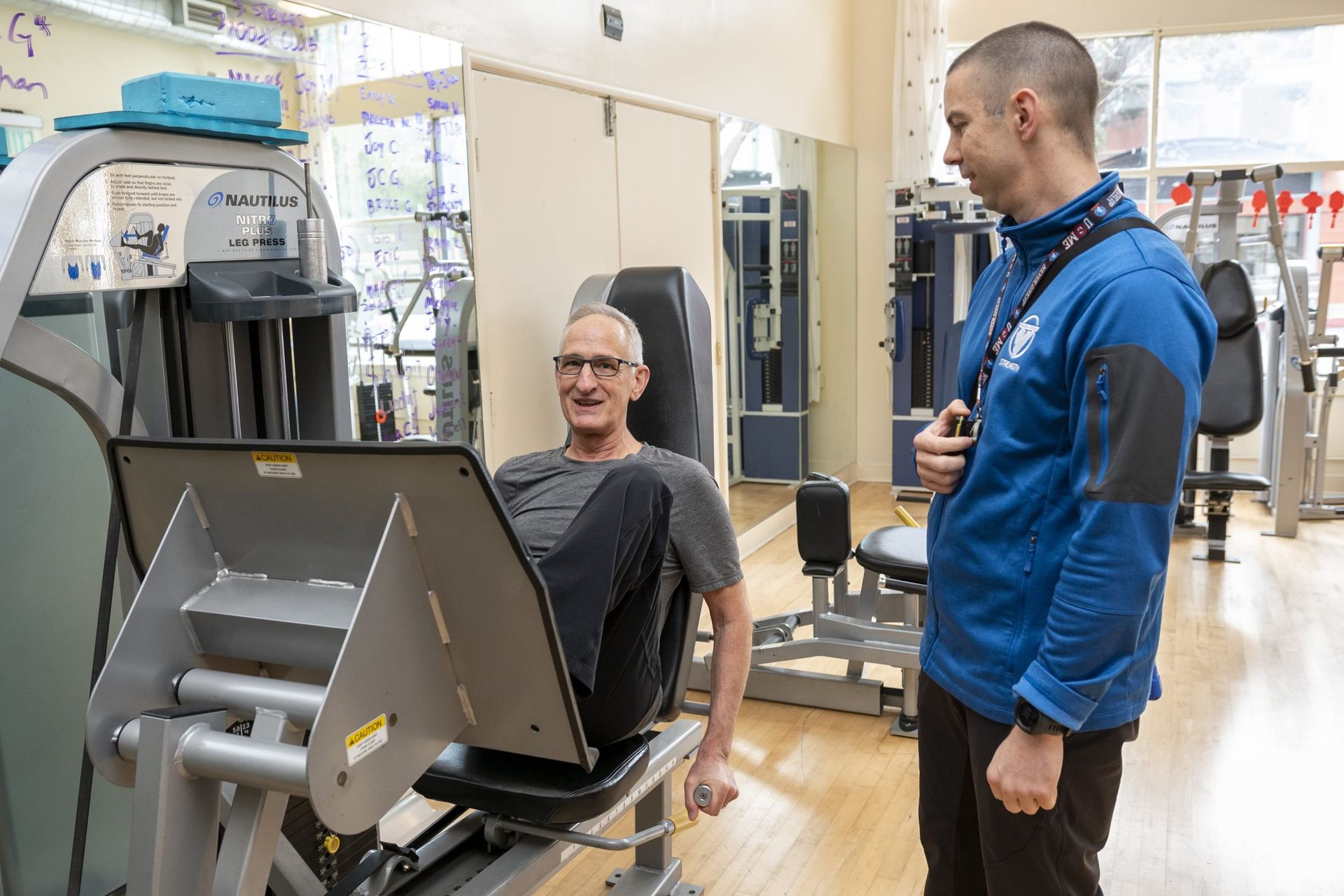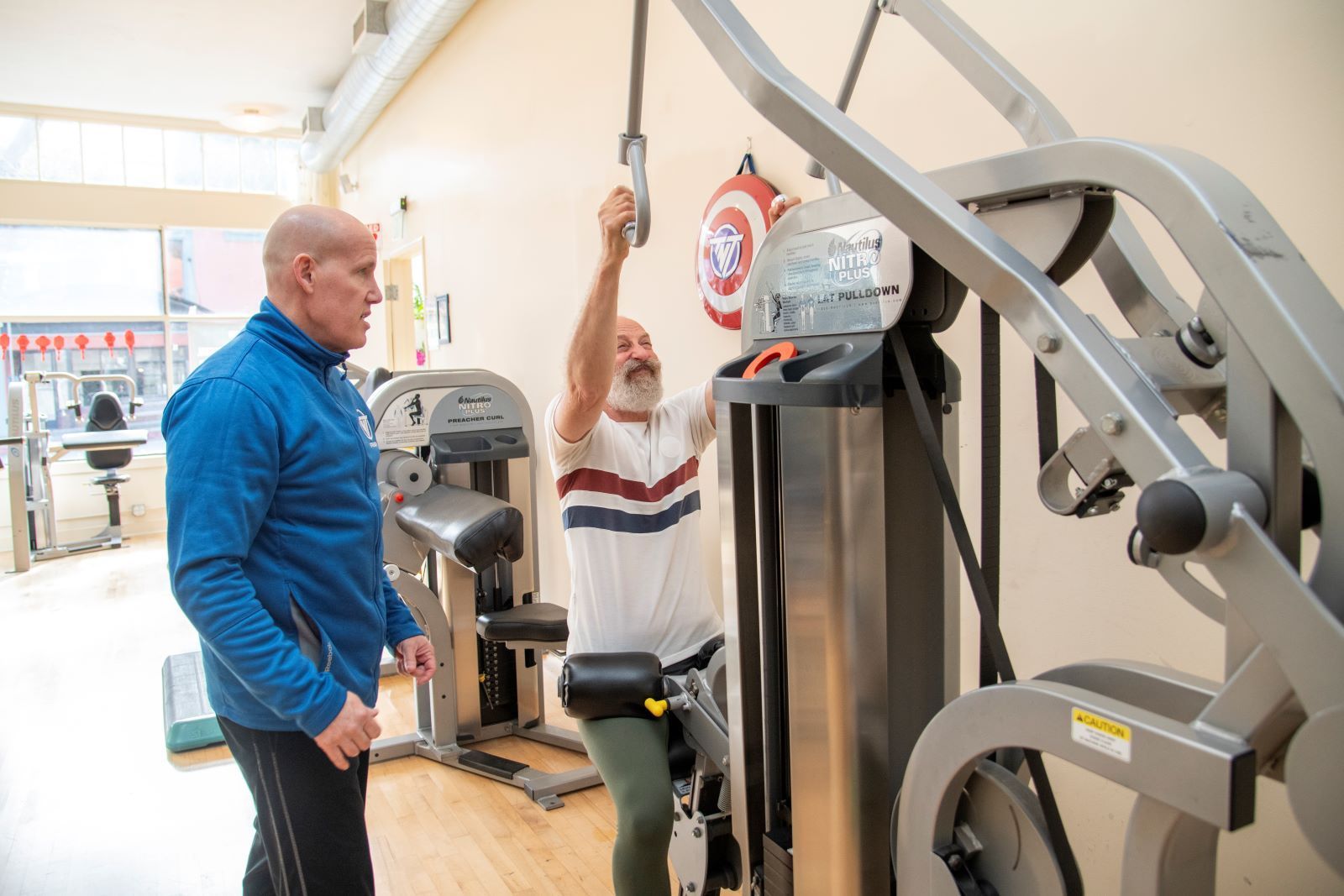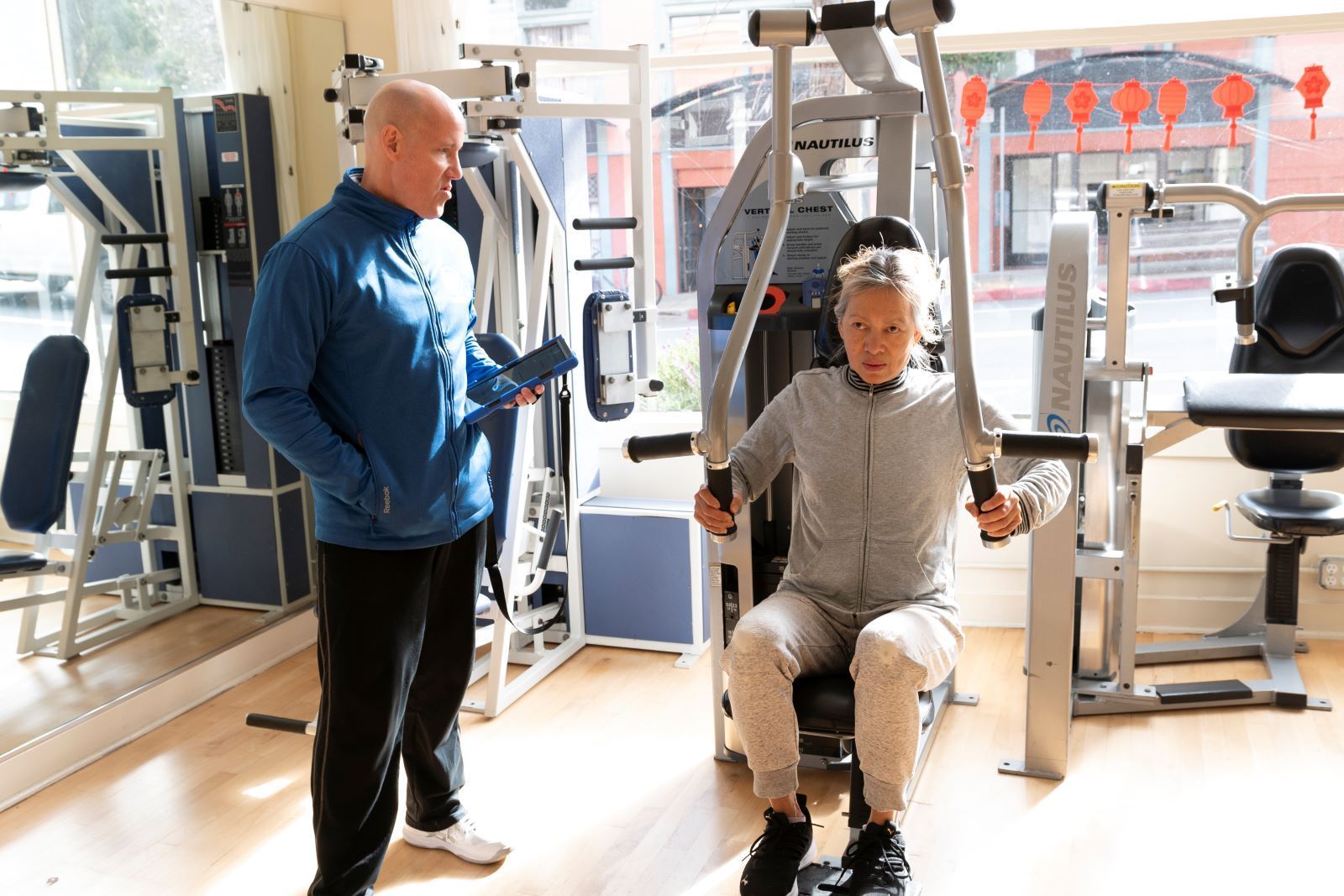Functional Isometrics Revisited
TAKU
If you are a long time reader of the TNT Strength Blog you may remember back in November 2018 I wrote a Two Part Article Titled “Functional-Isometrics. For more on those please click on the links for
and
Isometric strength training has gained popularity in recent years as an effective method for building strength and increasing muscle endurance. The reality is that Isometric Strength Training is probably one of if not the oldest forms of strength training there is.
The biggest challenge to gain the maximum benefit from isometric strength training has always been how do you measure your level of effort so you can then track progress as well as program effective workouts. One notable tool that we have found facilitates isometric training is the Iso-Max
device from Dragon Door.
In this article, I will explore the concept of isometric training and how the Iso-Max device can enhance your workout routine.
Isometric training involves contracting your muscles without actually moving the joint. Instead of performing dynamic movements like traditional weightlifting exercises, isometric exercises require you to hold a static position or apply force against an immovable object. Just like traditional strength training, static or isometric strength training can be used to target specific muscle groups and builds strength by increasing tension within the muscles.
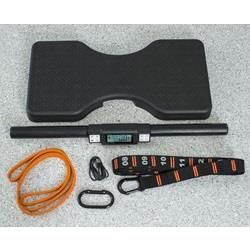
The Iso-Max device takes isometric training to a whole new level by providing a stable and adjustable platform for performing various strength exercises. It consists of a sturdy frame with adjustable straps and a Bar with a built in force gauge which provides real time digital feedback as well as allows the user to program with very specific goals in mind. This simple yet innovative bar is the heart of the Iso-Max device. Using the bar and adjustable strap system the Iso-Max can be configured to work different parts of your body, allowing you to target specific muscle groups. Almost any classic Barbell exercise can be replicated. Like many great tools it is really only limited by your imagination.
One of the key benefits of the Iso-Max device is its ability to provide resistance in multiple directions via the extremely durable straps. Unlike traditional isometric exercises where the force is applied in a single direction, the Iso-Max allows for multidirectional resistance based on where you anchor it. This means you can engage and strengthen muscles from various angles, providing a more comprehensive workout experience.
The Iso-Max device also offers adjustable resistance, allowing you to customize the intensity of your workouts. By adjusting the load or tension using the programmable bar or the position of the Bar by varying the length of the straps, you can make the exercise easier or more challenging, depending on your fitness level and goals.
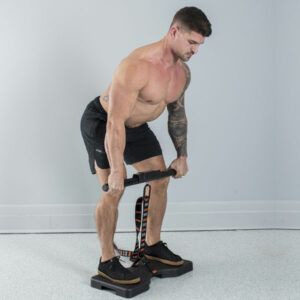
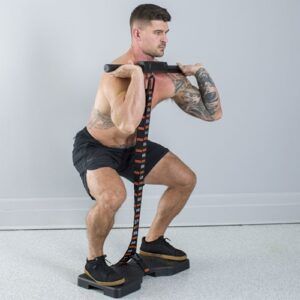
Using the Iso-Max device, you can perform a wide range of isometric exercises targeting different muscle groups. Some common exercises include deadlift, Over head presses, rows, squats, and lunges. Varying the anchor point allows the end user to even replicate things like Bench Press and Lat pull-downs. The device provides a stable and controlled environment, ensuring proper form and minimizing the risk of injury.
One of the major advantages of isometric training with the Iso-Max device is its time efficiency.
Isometric exercises can be performed for a shorter duration compared to traditional weightlifting workouts. This is because you are not moving through a full range of motion, allowing you to target specific muscles including involving secondary or stabilizer muscles. With the Iso-Max, you can get a full-body workout in a fraction of the time.
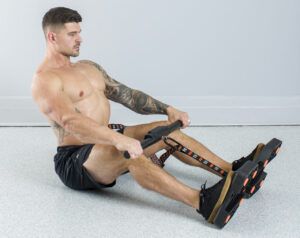

TAKU doing a static Front Squat with the Iso-Max
In addition to building strength, isometric training with the Iso-Max device offers other benefits. It can improve joint stability and balance, enhance muscular endurance, assist in increasing bone density and promote better mind-muscle connection. Isometric exercises are also useful for rehabilitation purposes, as they allow you to strengthen specific muscles without putting excessive stress on the joints.
To incorporate isometric training with the Iso-Max device into your fitness routine, it is important to follow a structured program. Start with lighter resistance and gradually increase the intensity as your muscles adapt. Additionally, ensure that you maintain proper form and technique throughout each exercise.
In conclusion, isometric strength training with the Iso-Max device from Dragon Door offers a unique and effective way to build strength, improve muscle endurance, and enhance overall fitness. By utilizing the benefits of isometric exercises and the versatility of the Iso-Max device, you can take your workouts to new heights and achieve your fitness goals in a shorter amount of time.
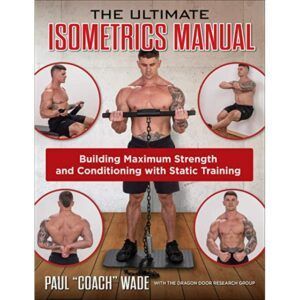
Dragon Door has created an excellent resources for those who wish to dig deeper into static / isometric strength training, "The Ultimate Isometrics Manual". This book goes into the history and the research on Isometric Strength training. It also is loaded with programs using simple body-weight exercises as well as detailed instructions on how to use the powerful digital load bar that is the heart of the Iso-Max device.
In this weeks TNT podcast episode #142
we talk training and especially isometric training with our guest Matt Schifferle from the Red Delta Project. We have actually discussed various forms of static and isometric strength training in at least three of our previous podcast episodes including Episode #20 with Shawn Bennett,
#33 with our friend Pete Sisco,
and #81 featuring the ViiiV Fitness Motionless Strength Training Machine.
TAKU's NOTE:
Isometric strength training, also known as static strength training, involves contracting your muscles without any movement in the joints. While it is often overlooked compared to other forms of exercise, isometric training has been shown to offer numerous benefits. Here are some of the best research findings supporting isometric strength training:
- Increased Muscle Strength: A study published in the Journal of Applied Physiology found that isometric training increased muscle strength by an average of 46%. Participants who performed isometric exercises three times a week for 12 weeks experienced significant gains in muscle strength compared to those who did not perform any strength training.
- Improved Joint Stability: Isometric exercises can help improve joint stability, which is essential for injury prevention and athletic performance. A study published in the Journal of Strength and Conditioning Research found that isometric training significantly improved knee joint stability in individuals with anterior cruciate ligament (ACL) deficiencies.
- Enhanced Muscle Endurance: Isometric exercises can enhance muscle endurance, allowing you to sustain muscle contractions for longer durations. Research published in the European Journal of Applied Physiology demonstrated that isometric training improved endurance capacity by increasing the time to exhaustion during sustained contractions.
- Blood Pressure Regulation: Isometric training has been shown to effectively lower blood pressure. A systematic review and meta-analysis published in the Journal of Hypertension analyzed multiple studies and found that isometric exercises produced significant reductions in both systolic and diastolic blood pressure in individuals with hypertension.
- Increased Bone Density: Isometric exercises have a positive impact on bone health. A study published in the Journal of Sports Medicine and Physical Fitness found that isometric training significantly increased bone density at the hip and spine in postmenopausal women, reducing the risk of osteoporosis and fractures.
- Rehabilitation and Injury Prevention: Isometric training is commonly used in rehabilitation settings to improve muscle strength and function following injuries. Research published in the Journal of Orthopedic & Sports Physical Therapy supports the use of isometric exercises in rehabilitating various musculoskeletal conditions, such as tendinopathies and muscle strains.
Recent Articles
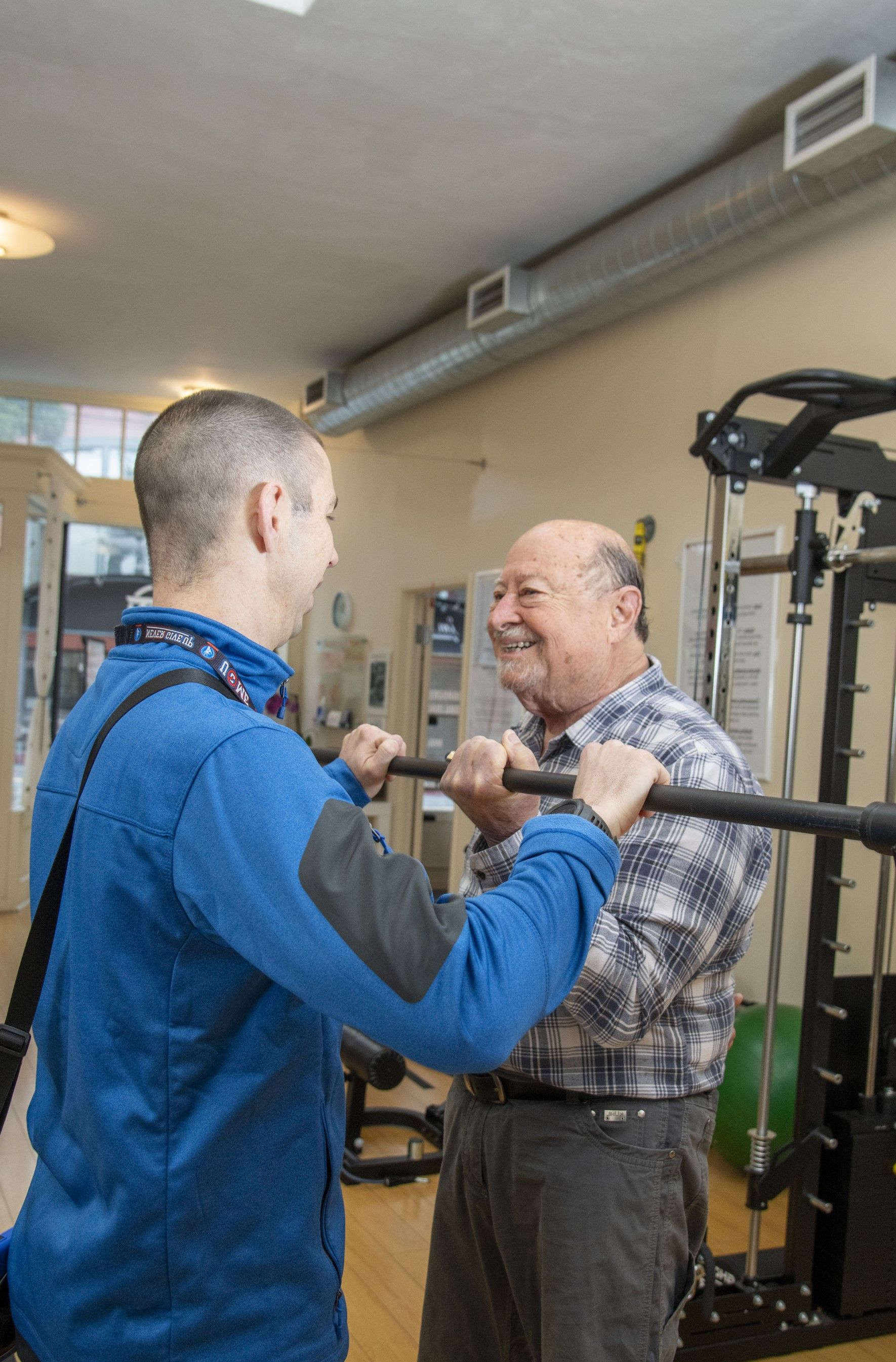
Let’s set the record straight: losing your balance as you age is not inevitable. Despite what many believe, balance isn’t something you just “lose” over time like your hairline or your car keys. The truth is, most balance issues that show up later in life stem from something far more preventable—loss of strength and muscle mass.

Let me ask you something… If I told you that you could build strength, enhance performance, and reduce your risk of injury in less than one hour a week, would you believe me? No gimmicks. No magic pills. Just science-backed, time-tested strength training that works. Welcome to the world of High Intensity Training, or H.I.T. — the TNT Strength way.
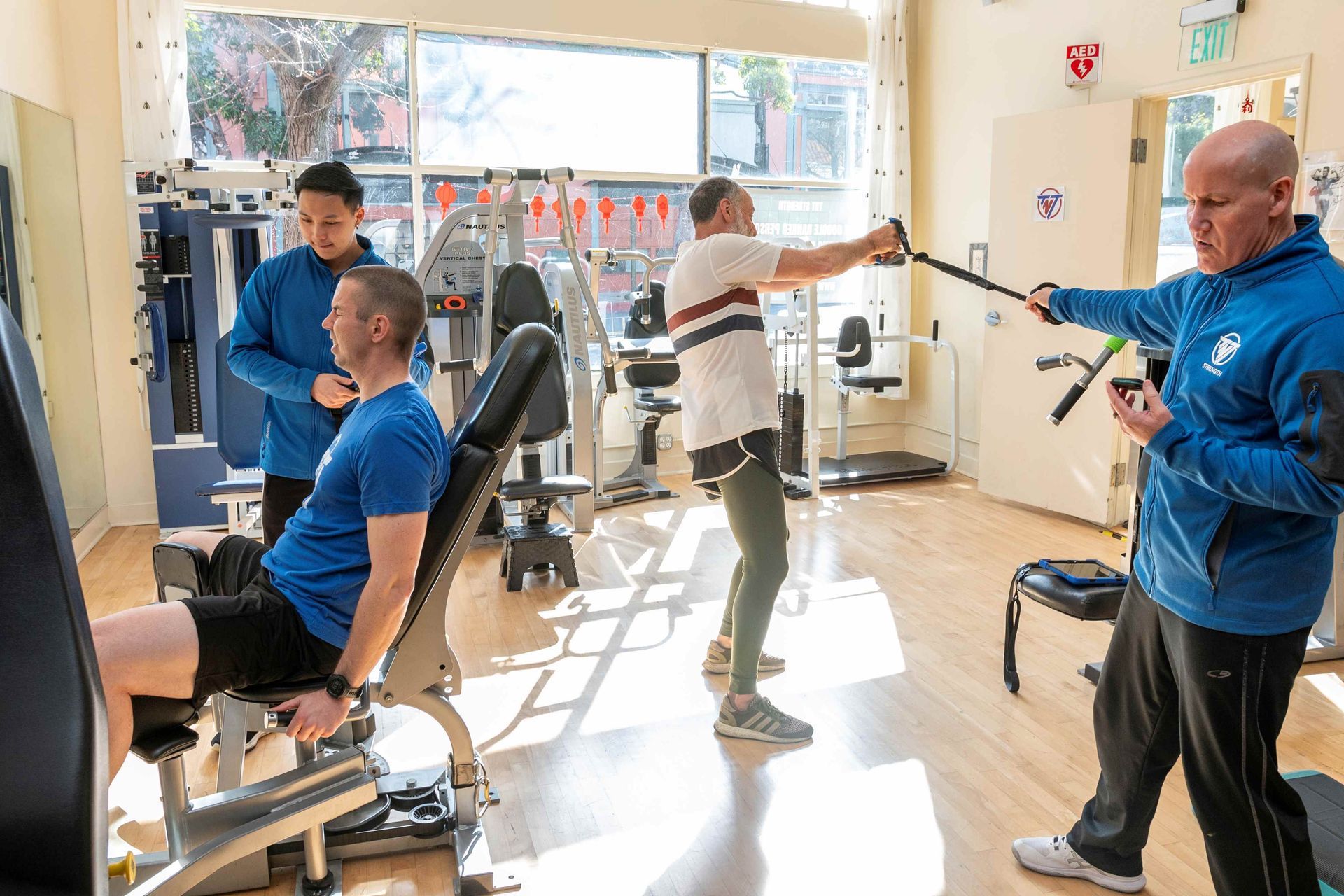
When people think about injury risk during strength training, they often imagine something going wrong during the last rep of a hard set. That’s when you’re exhausted, your muscles are screaming, and the weight feels impossible. It seems like the danger would be highest right there, right?... Wrong.
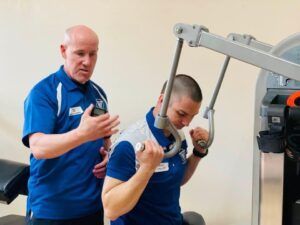
At TNT Strength, safety isn’t just a priority—it’s the foundation of everything we do. Just like doctors take the Hippocratic Oath and vow to “first, do no harm,” we as strength coaches hold ourselves to a similar standard. Every rep, every session, every program we build is designed with that guiding principle in mind: help first, never harm.

Let’s set the record straight: losing your balance as you age is not inevitable. Despite what many believe, balance isn’t something you just “lose” over time like your hairline or your car keys. The truth is, most balance issues that show up later in life stem from something far more preventable—loss of strength and muscle mass.

Let me ask you something… If I told you that you could build strength, enhance performance, and reduce your risk of injury in less than one hour a week, would you believe me? No gimmicks. No magic pills. Just science-backed, time-tested strength training that works. Welcome to the world of High Intensity Training, or H.I.T. — the TNT Strength way.

When people think about injury risk during strength training, they often imagine something going wrong during the last rep of a hard set. That’s when you’re exhausted, your muscles are screaming, and the weight feels impossible. It seems like the danger would be highest right there, right?... Wrong.

At TNT Strength, safety isn’t just a priority—it’s the foundation of everything we do. Just like doctors take the Hippocratic Oath and vow to “first, do no harm,” we as strength coaches hold ourselves to a similar standard. Every rep, every session, every program we build is designed with that guiding principle in mind: help first, never harm.

